Seoul Hwagyesa Temple (화계사(서울))
3.7Km 2021-11-02
117, Hwagyesa-gil, Gangbuk-gu, Seoul
+82-2-902-2663
Hwagyesa Temple was built in 1522 (the seventeenth year of the reign of King Jungjong of the Joseon dynasty) by monk Shinwol, but was destroyed in a fire in 1618. It was rebuilt the following year, and expanded In 1866 through the efforts of Monks Yongseon and Beomun.
The temple also has various templestay programs for visitors. Hwagyesa Temple is located not too far from the city but also provides a natural environment.
PENELOPE (페넬로페)
3.7Km 2021-03-26
1, Nohae-ro 8-gil, Gangbuk-gu, Seoul
+82-2-908-0298
It has a large space and an outdoor terrace. This restaurant's signature menu is pizza. This Western dishes restaurant is located in Gangbuk-gu, Seoul.
Hottracks - Suyu Branch [Tax Refund Shop] (핫트랙스 수유점)
3.7Km 2024-04-18
348, Dobong-ro, Gangbuk-gu, Seoul
-
Daepo Jjimdak - Daehangno Branch (대포찜닭 대학로)
3.7Km 2021-03-19
18, Daehak-ro, 9-gil, Jongno-gu, Seoul
+82-2-742-6669
This is a Korean cuisine located in Daehak-ro, Seoul. The best menu at this restaurant is braised chicken. A restaurant that's popular among college students.
Persian Palace (페르시안궁전)
3.7Km 2024-03-18
9 Sungkyunkwan-ro 6-gil, Jongno-gu, Seoul
+82-2-763-6050
Persian Palace is a restaurant specializing in Indian cuisine and Iranian kebabs, run by an Iranian chef. They offer set menus such as lamb curry, spinach curry, and butter chicken, which can be enjoyed with tandoori nan. The spiciness of the curry can be adjusted, and they also have vegan options available. For dessert, they serve Persian homemade desserts like mast (Persian yogurt) and saffron ice cream. They provide halal food and prayer rooms for Muslims.
Welcome Daehakro (웰컴대학로)
3.7Km 2024-10-08
104 Daehak-ro, Jongno-gu, Seoul
+82-2-743-5220
Welcome Daehakro is a festival devoted to celebrating various types of performances including non-verbal, traditional, musical, plays, and more. Started in 2017, the festival attracts visitors from around the world every fall.
Marronnier Park (마로니에공원)
3.7Km 2021-07-14
104, Daehak-ro, Jongno-gu, Seoul
+82-2-2148-4158
Marronnier Park was given its name due to the marronnier trees, or horse chestnut trees, growing within the area. The location where Seoul National University's College of Liberal Arts & Science and School of Law once stood, it is now a park dedicated to culture and arts open to the public. In addition to a variety of outdoor performances that take place throughout the area, exhibitions and cultural centers create a romantic atmosphere unique to the park.
Bourhill Esthetic (부르힐에스테틱)
3.7Km 2017-07-21
39-5, Daemyeong-gil, Jongno-gu, Seoul
+82-2-765-3374
Bourhill Esthetic (est. 2005) is a professional beauty shop located in Daehangno, Seoul. Nationally recognized, certified professional therapists offer hand care, foot care, skin care, and body care treatments. The shop uses only high-end international cosmetic brand products, 80% of which are from aroma therapy lines.
Bukhansan National Park (Seoul District) (북한산국립공원(서울))
3.7Km 2024-11-27
262 Bogungmun-ro, Seongbuk-gu, Seoul
+82-2-909-0497
Bukhansan Mountain was officially designated as a national park in 1983. Bukhansan National Park covers both Bukhansan and Dobongsan Mountains, and spans a total area of 80.699 ㎢. At the top of Bukhansan Mountain are Baegundae Terrace (835.6 m), Insubong Peak (810.5 m) and Mangyeongdae Terrace (799.5 m), which gave the mountain the nickname "Samgaksan" or the "three-horned mountain." The mountain had other names: Sambongsan (mountain with three peaks), Hwasan (flower mountain), and Buaak (mountain shaped like a person giving a baby a piggyback ride). The current name, Bukhansan, was given after the Bukhansanseong Fortress was built under King Sukjong of the Joseon dynasty.
Munmyo Confucian Shrine and Seonggyungwan National Academy (서울 문묘와 성균관)
3.7Km 2020-03-31
31, Seonggyungwan-ro, Jongno-gu, Seoul
+82-2-760-1472
Munmyo is a shrine dedicated to Confucius, whose teachings form the foundation of Confucianism. It is also dedicated to his disciples and other great Confucian scholars. Munmyo is not only the shrine but also the highest educational institution of the Joseon dynasty. Munmyo was once called as Munseonwangmyo since during the Tang dynasty, Confucius was named as King Munseon after his death and then it has been called as Munmyo since the Yuan dynasty.
The compound consists of two main areas: the Daeseongjeon houses shrines and the Myeongnyundang features seminar halls and other auxiliary facilities. Also, there are two dormitories, Dongjae and Seojae, which are collectively known as Sungkyunkwan. In front of the Myeongnyundang stands a ginkgo tree designated as Natural Monument No. 59. In spring and autumn, a ritual for Confucius and his disciples takes place.
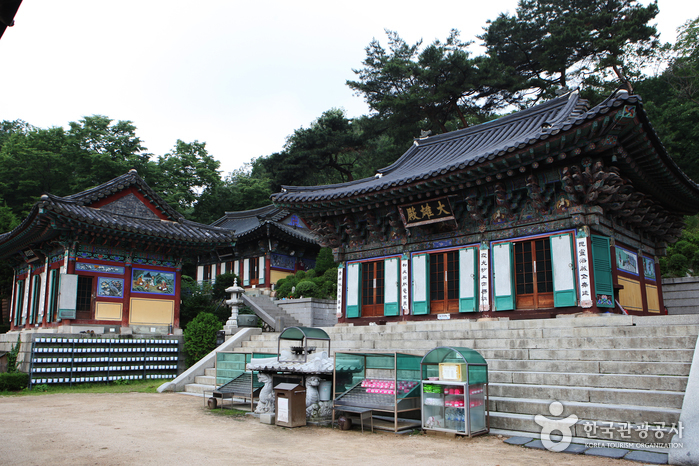


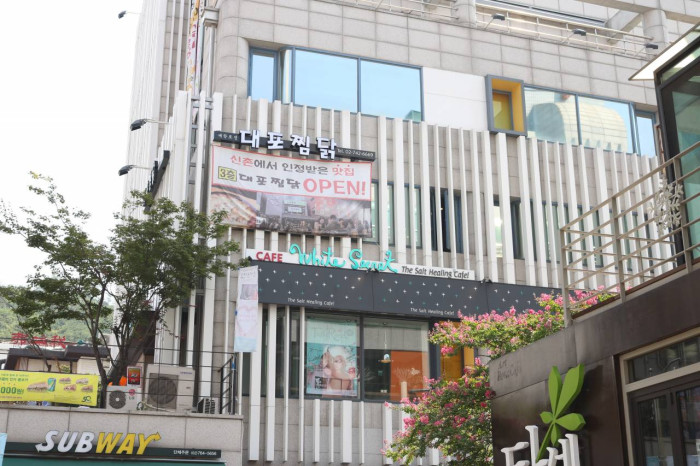
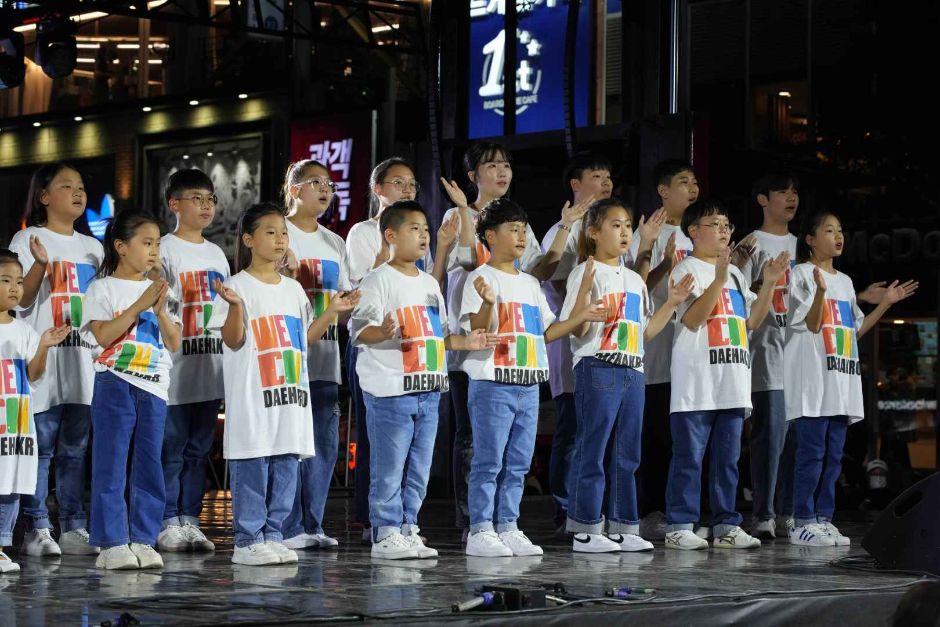
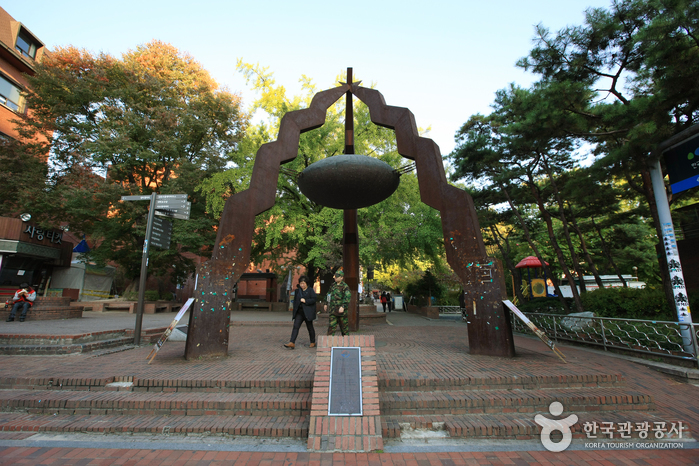
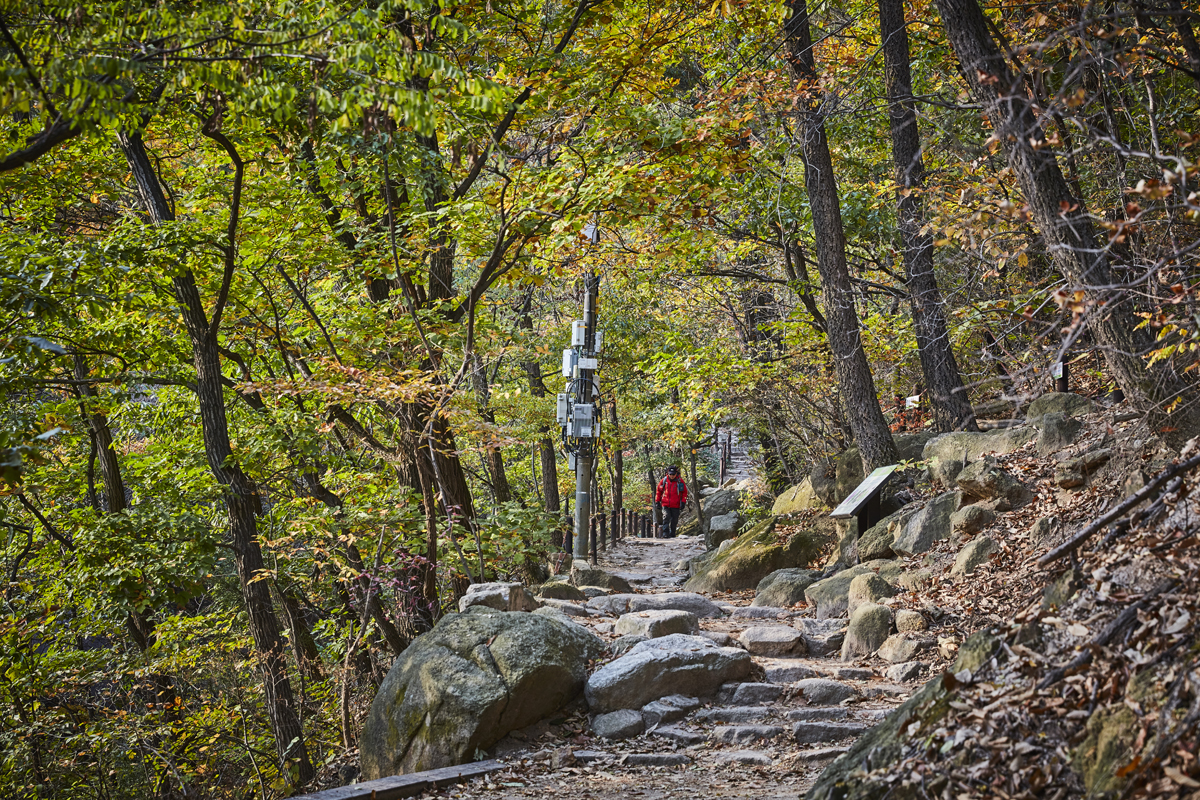
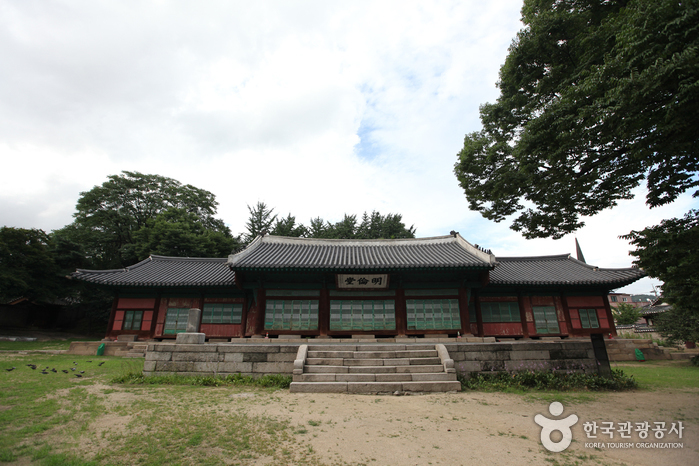
 English
English
 한국어
한국어 日本語
日本語 中文(简体)
中文(简体) Deutsch
Deutsch Français
Français Español
Español Русский
Русский